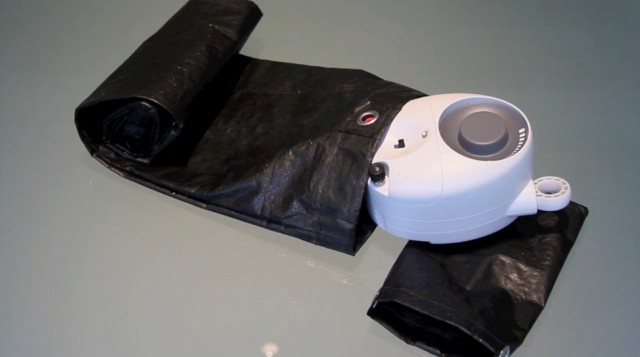Kerosene lamps face gravity-powered usurper
Ars Technica » Scientific Method 2013-01-15

A London design consultancy has developed a cheap, clean, and safer alternative to the kerosene lamp. Kerosene burning lamps are thought to be used by over a billion people in developing nations, often in remote rural parts where electricity is either prohibitively expensive or simply unavailable. Kerosene's potential replacement, GravityLight, is powered by gravity without the need of a battery—it's also seen by its creators as a superior alternative to solar-powered lamps.
Kerosene lamps are problematic in three ways: they release pollutants which can contribute to respiratory disease; they pose a fire risk; and, thanks to the ongoing need to buy kerosene fuel, they are expensive to run. Research out of Brown University from July of last year called kerosene lamps a "significant contributor to respiratory diseases, which kill over 1.5 million people every year" in developing countries. The same paper found that kerosene lamps were responsible for 70 percent of fires (which cause 300,000 deaths every year) and 80 percent of burns. The World Bank has compared the indoor use of a kerosene lamp with smoking two packs of cigarettes per day.
The economics of the kerosene lamps are nearly as problematic, with the fuel costing many rural families a significant proportion of their money. The designers of the GravityLight say 10 to 20 percent of household income is typical, and they describe kerosene as a poverty trap, locking people into a "permanent state of subsistence living." Considering that the median rural price of kerosene in Tanzania, Mali, Ghana, Kenya, and Senegal is $1.30 per liter, and the average rural income in Tanzania is under $9 per month, the designers' figures seem depressingly plausible.
Read 5 remaining paragraphs | Comments